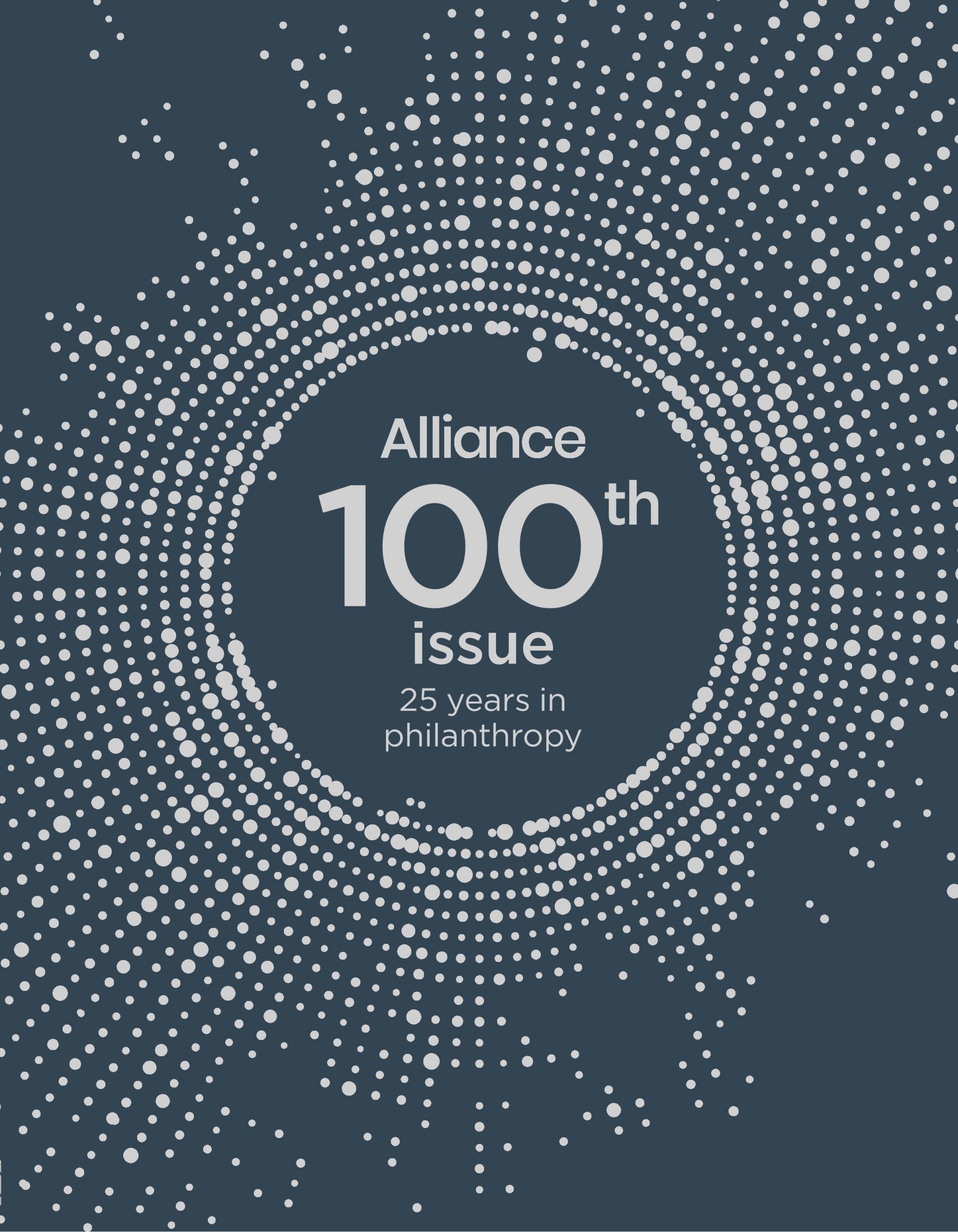Although online giving may have proliferated hugely already, its true potential lies in the years ahead
When Alliance magazine ran its first feature article on e-philanthropy on 1 September 2001, it could not have anticipated the surge in online giving that was to follow the terrorist attacks on New York a few days later. Like online retail, its for-profit counterpart which commenced in 1991, online giving to nonprofits via the internet was initially slow to get off the ground. When Shakespeare’s Globe Theatre became the first UK charity to solicit contributions online in 1995, the year before the birth of Alliance, it was seen as breaking new ground. As the public in the US and elsewhere sought to respond to the visceral impact of the 9/11 attacks, however, they turned to the internet in unprecedented numbers for both information and ways to offer their solidarity and support.
Disasters have played an important role in the growth of online philanthropy. The Asian tsunami in 2004 saw citizen groups and nonprofits adopt the internet on a large scale, not just to fundraise but also to coordinate relief work at scale, helping families connect, garnering aid for the tsunami’s victims and spurring innovative models like Ushahidi’s.
 Ice-bucket challenge – an online giving phenomenon. Credit: Flickr
Ice-bucket challenge – an online giving phenomenon. Credit: Flickr
Subscribe now from only £45 a year!
This article is only available for our subscribers
Existing users can login here






